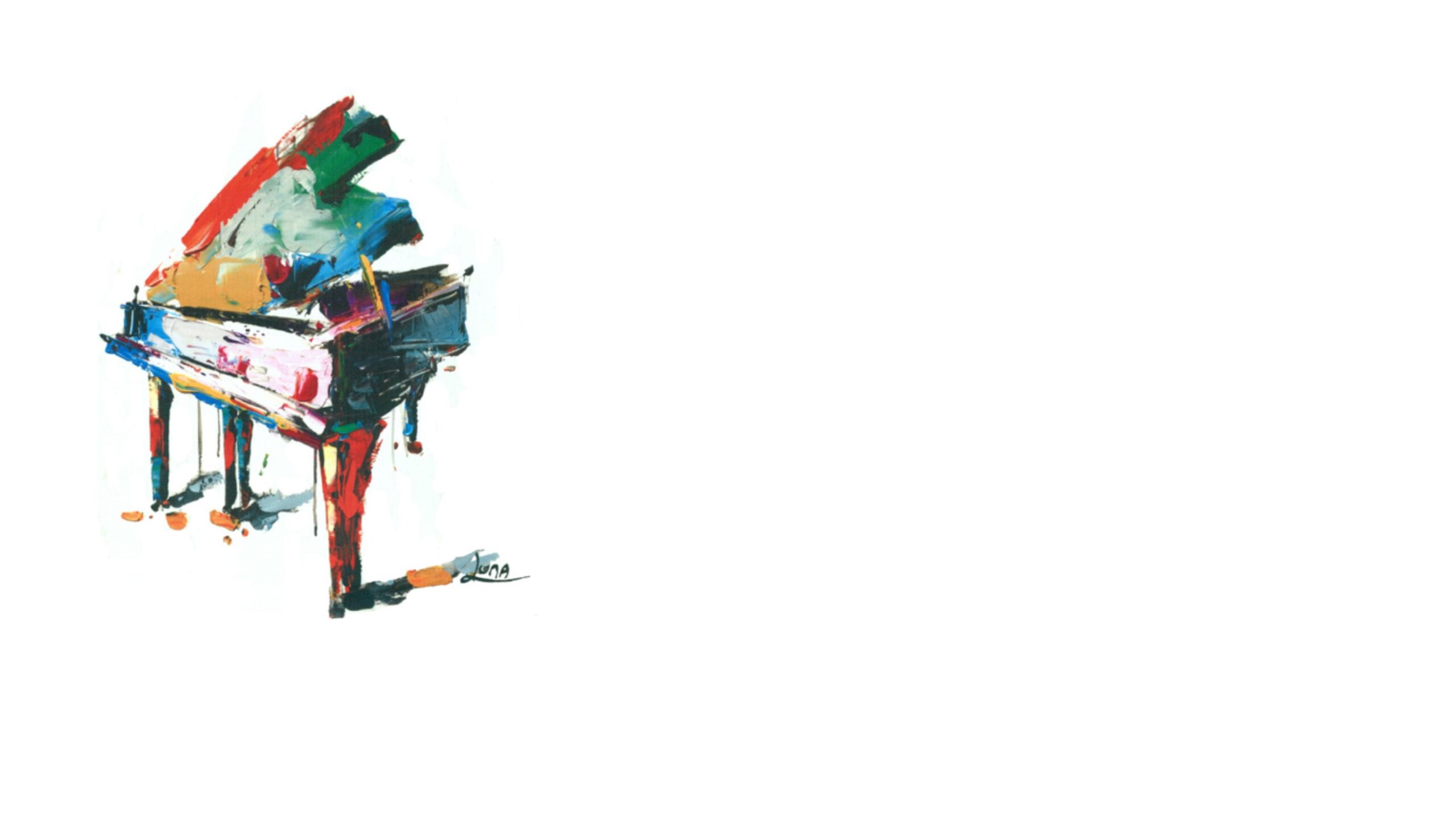Triads
Definition
A Triad, as the word suggests, is a chord consisting of 3 notes usually played simultaneously. When played together these 3 notes are called a “block chord.” When struck non-simultaneously the chord is said to be “arpeggiated” or sometimes referred to as a “broken chord.”
Importance
I teach triads to all my students the very first lesson. Triads are the foundation on which our “harmonic house“ is built. There are only 5 different types of triads: Majors, Minors, Augmented, Suspended 4th and Diminished. With my unique teaching method an “absolute beginner” student learns his or her 60 Triads, (5 types x 12 different keys on the piano), within the first 2 or 3 lessons.
Application
With over 200 unique songs that I have arranged using just triads in the left hand, the student is able to practically apply their knowledge of triads by playing popular songs they recognize and love. This is critical. We don’t have months or years to get a big sound. Playing a 3-note chord in the left hand and a single melody note in the right hand, simultaneously, is a very big sound for a beginner and a great motivator for students. To the right, is an example of the song Misty, the quintessential jazz ballad, that I’ve arranged specifically with triads only.
Triads
Definition
A Triad, as the word suggests, is a chord consisting of 3 notes usually played simultaneously. When played together these 3 notes are called a “block chord.” When struck non-simultaneously the chord is said to be “arpeggiated” or sometimes referred to as a “broken chord.”
Importance
I teach triads to all my students the very first lesson. Triads are the foundation on which our “harmonic house“ is built. There are only 5 different types of triads: Majors, Minors, Augmented, Suspended 4th and Diminished. With my unique teaching method an “absolute beginner” student learns his or her 60 Triads, (5 types x 12 different keys on the piano), within the first 2 or 3 lessons.
Application
With over 200 unique songs that I have arranged using just triads in the left hand, the student is able to practically apply their knowledge of triads by playing popular songs they recognize and love. This is critical. We don’t have months or years to get a big sound. Playing a 3-note chord in the left hand and a single melody note in the right hand, simultaneously, is a very big sound for a beginner and a great motivator for students. To the right, is an example of the song Misty, the quintessential jazz ballad, that I’ve arranged specifically with triads only.
